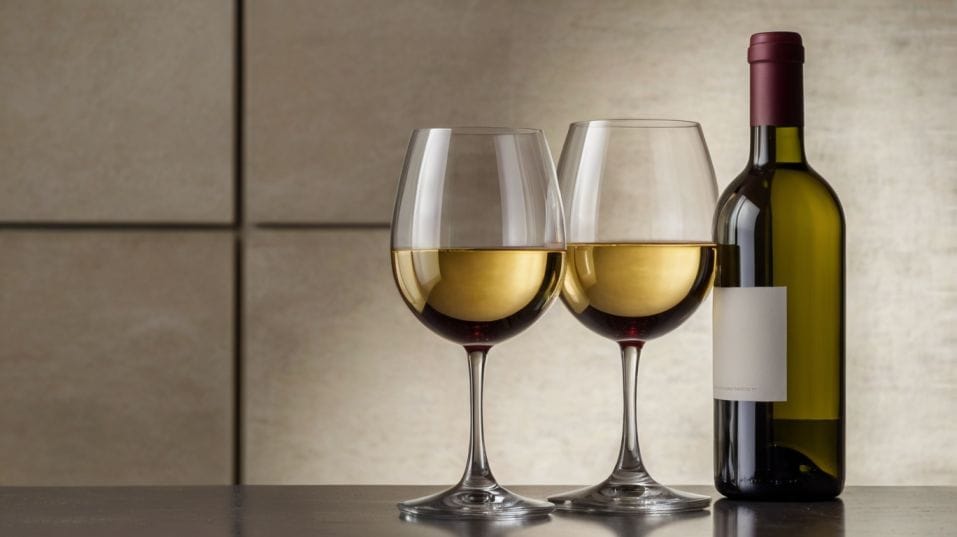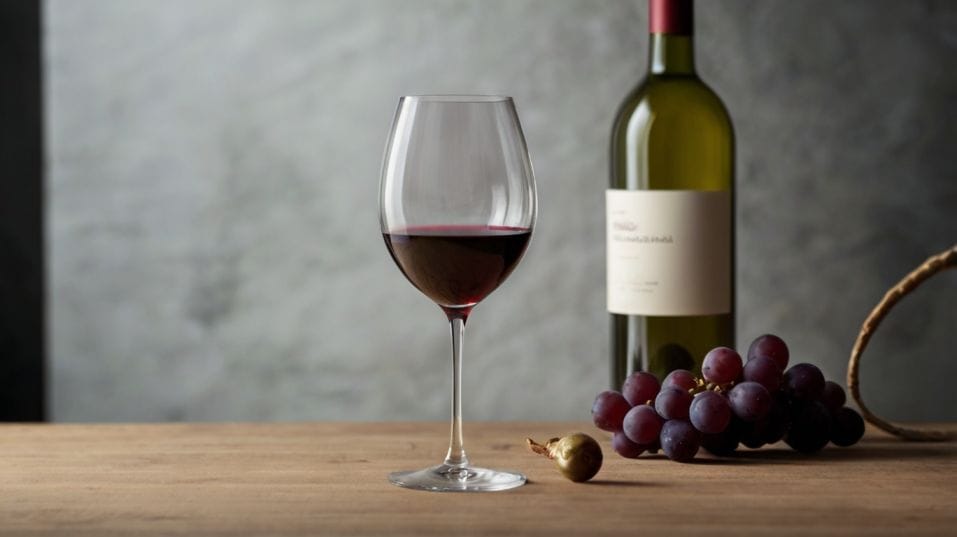3 Rituals That Make Wine More Enjoyable
Want to enjoy wine more deeply? Learn simple, confidence-boosting rituals that make tasting, collecting, and understanding wine more rewarding.

Ever wonder why the same wine tastes magical one night and forgettable the next? It’s not just the bottle—it’s the ritual. How you pour, taste, and revisit wine shapes the entire experience.
You don’t need deep knowledge or a fancy setup to enjoy wine on a deeper level. Just a few mindful habits can turn casual sipping into something truly memorable. Here’s how to make every glass count, even if you’re just starting out.
Set the Scene Before You Pour
The experience of a wine starts long before it hits your palate. The way you prepare your environment can heighten—or dull—what’s in the glass.
You don’t need a formal tasting setup, but a few thoughtful choices can unlock subtleties you’d otherwise miss.
Choose Glassware That Lets the Wine Speak
Start with your glassware. The shape and size of your glass affects how aromas reach your nose and how the wine flows onto your tongue.
A thin-rimmed, tulip-shaped glass is ideal for both reds and whites—no need for hyper-specific shapes when you’re just starting out.
What matters more is that the glass is clean (no soap residue), clear (ditch the colored or frosted designs), and roomy enough to swirl.
Serve at the Right Temperature
Then there’s temperature. Serving wine too cold mutes its aromatics and texture; too warm, and it can feel flabby or alcoholic. A simple rule: serve whites slightly warmer than fridge temperature, and reds slightly cooler than room temperature.
Let a white sit out for 10 minutes before pouring. Stick a red in the fridge for 15 minutes if it’s been on the counter all day. You don’t need a thermometer—just awareness.

Make the Room Work for the Wine
Next, consider the space around you. Strong smells (like candles, cooking aromas, or perfume) compete with the wine’s bouquet. Loud music or conversation distracts from the sensory experience.
Even lighting matters: a softly lit space helps you focus on color and clarity without overwhelming your senses. It’s not about being precious—it’s about removing the noise so you can actually hear what the wine is saying.
Slow the Pour
Finally, pay attention to your pace. Instead of rushing to pour and sip, take a beat. Open the bottle with care, not as an afterthought. Pour a small amount, give it a swirl, and just look at it.
The color alone can tell you about the grape, age, and body. These little pauses reframe wine as something to experience, not consume.
Taste With Intention, Not Intimidation
The biggest barrier for many beginners isn’t lack of knowledge—it’s the idea that you have to know the “right” words to enjoy wine properly.
You don’t. Tasting with intention simply means being present and curious. Every wine has something to tell you, if you’re willing to listen.
Let the Aromas Guide You
Start with the nose. After a gentle swirl, put your nose in the glass and breathe deeply. You don’t need to identify exact notes right away.
Instead, ask: is it fruit-forward or earthy? Bright or mellow? Does anything jump out—like citrus, herbs, something floral? Your brain may not connect the scent to a word instantly, but repetition builds recognition.
Focus on Texture and Feel
Then take a small sip and let it coat your tongue. Focus on texture as much as flavor. Is it crisp, round, drying, oily?
How does the acidity feel—mouthwatering or soft? Are there tannins drying out your cheeks, or does it glide down easily? These sensations matter as much as the taste itself.
Pay Attention to the Finish
After swallowing, notice the finish. Does the flavor linger? Change? Disappear quickly? That aftertaste is where complexity often reveals itself.
Ask Better Questions
And throughout the process, ask simple, honest questions: Do I like this? Why? Is it better with food? What might it be missing? These reflections help you build a mental library of preferences.
Over time, you’ll recognize the difference between bright and flabby whites, or structured versus soft reds—without ever needing to memorize obscure terminology.
The key is not perfection—it’s participation. Every bottle is a chance to refine your palate and expand your understanding. Taste with curiosity, not performance.
Revisit Bottles, Not Just Labels
There’s a lot of pressure in wine culture to always be discovering something new. And while exploration has its place, true learning comes from repetition.
Going back to the same grape, region, or producer deepens your palate in a way novelty never can.
Explore the Same Grape in Different Places
Try tasting the same varietal across different regions. A Pinot Noir from Oregon will feel wildly different from one grown in Burgundy or Central Otago.
You’ll start to notice how climate, soil, and winemaking style shape the wine—even if you don’t know all the technical reasons why.
Compare Vintages Over Time
Better yet, revisit the same wine across different vintages. One year may taste lean and focused, while another is plush and expressive.
These differences aren’t flaws—they’re lessons. They teach you how weather, aging, and winemaking choices influence the final experience in the glass.
Keep Track of What You Notice
Tracking your impressions can help. Keep a journal—digital or analog—with simple notes: what you tasted, what food you had with it, whether you’d buy it again.
You don’t need elaborate descriptions or a scoring system. Just observations. Over time, patterns will emerge.
You’ll see that you tend to love high-acid whites, or that rustic reds from Sicily consistently surprise you. That’s not random—it’s the foundation of personal taste.
Notice How You Evolve
And as your palate evolves, returning to familiar wines will reveal new layers. What once tasted “just fine” may now strike you as elegant or structured. That’s not the wine changing—it’s you.
Final Thoughts
Enjoying wine more deeply isn’t about collecting bottles, memorizing regions, or following trends. It’s about building habits that let you connect with what’s in your glass.
Set the tone. Give your wine the right conditions to shine. Taste with awareness, not anxiety. And circle back—repetition is where your palate starts to stretch and grow.
So next time you pour, make it a moment. Revisit a wine you thought you already knew. Taste slower. Ask better questions. The more you invest in the ritual, the more rewarding every glass becomes.




